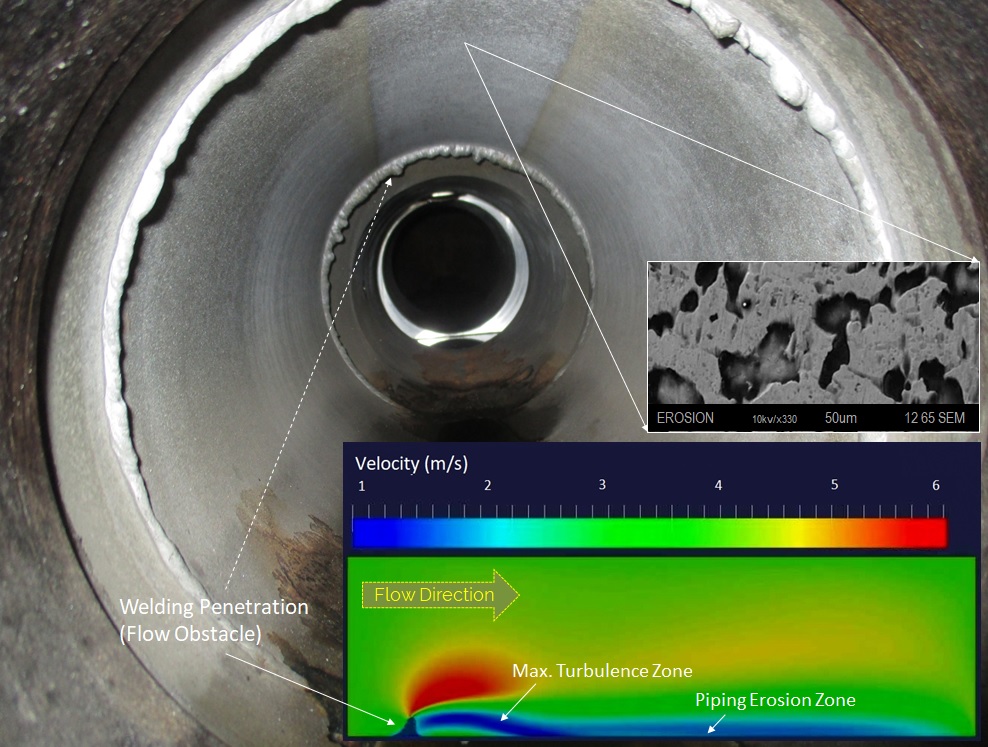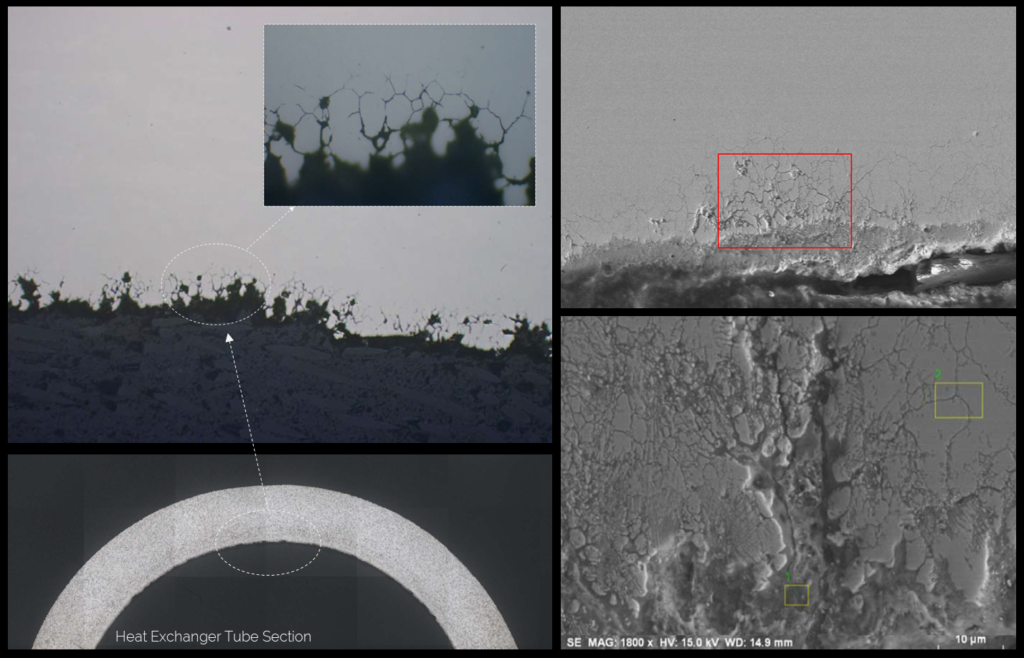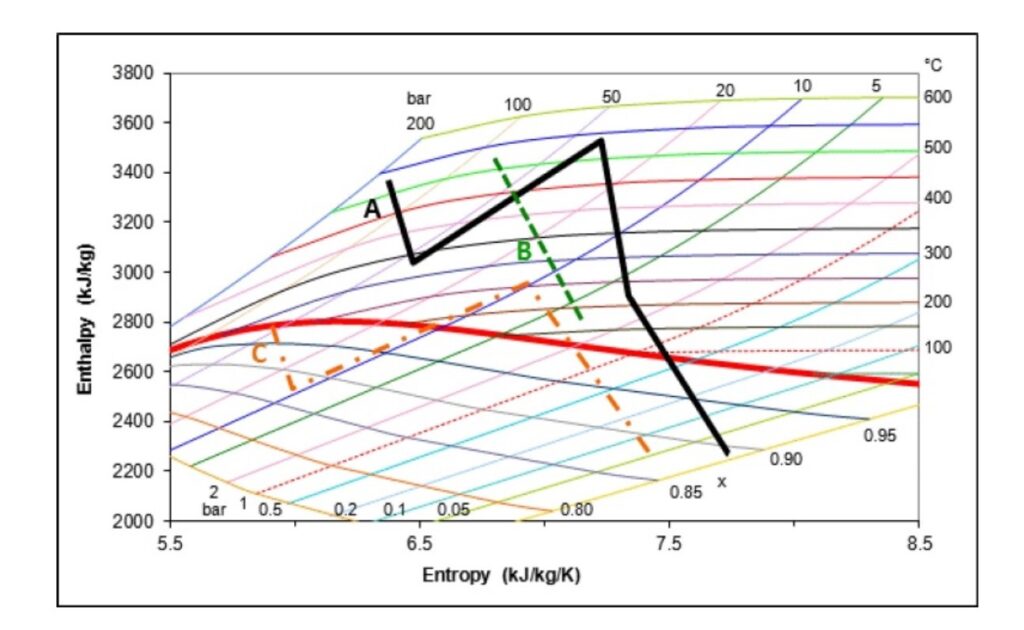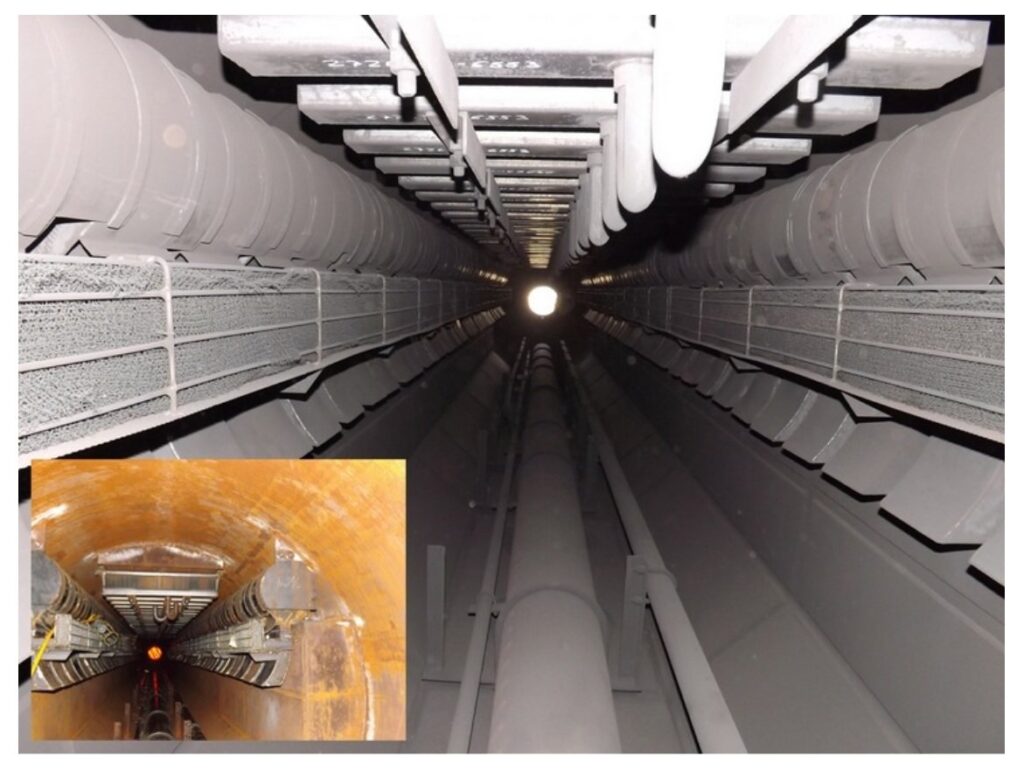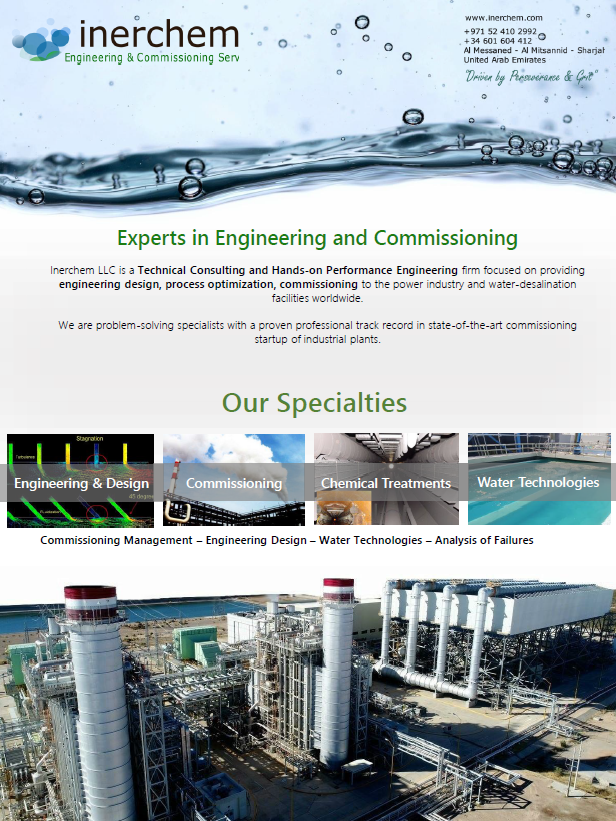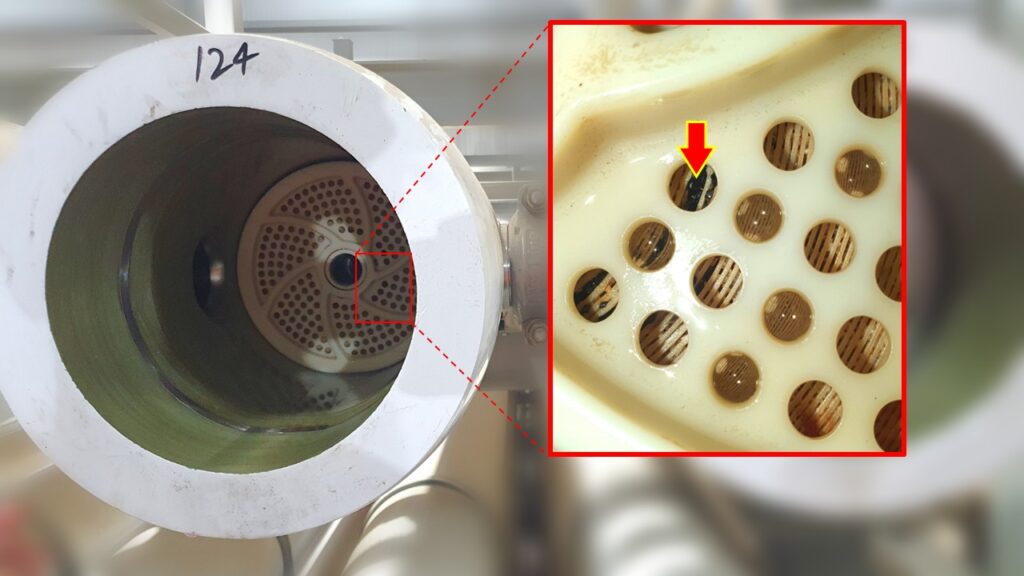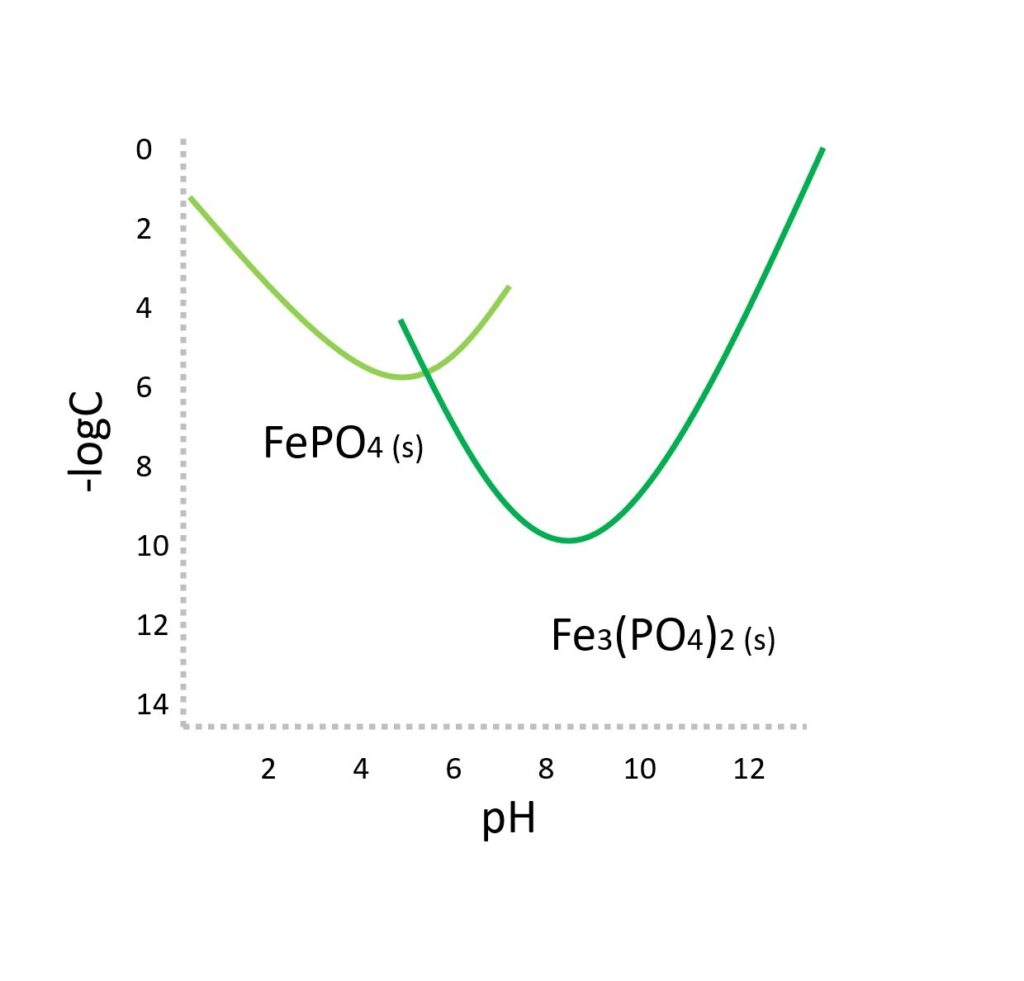Heat-Affected Zone
[vc_row][vc_column][vc_custom_heading text=\”Heat-Affected Zone\” use_theme_fonts=\”yes\”][vc_custom_heading text=\”Circulation Ratio\” font_container=\”tag:h4|text_align:left\” use_theme_fonts=\”yes\”][vc_column_text] Heat-affected zone infiltration may be a potential cause of erosion/corrosion failures of carbon steel piping when exposed to a continuous stream of wet steam or feed water. The problem is associated with high-velocity and turbulences created by the presence of the welding penetration as a flow obstacle. […]
Heat-Affected Zone Read More »
